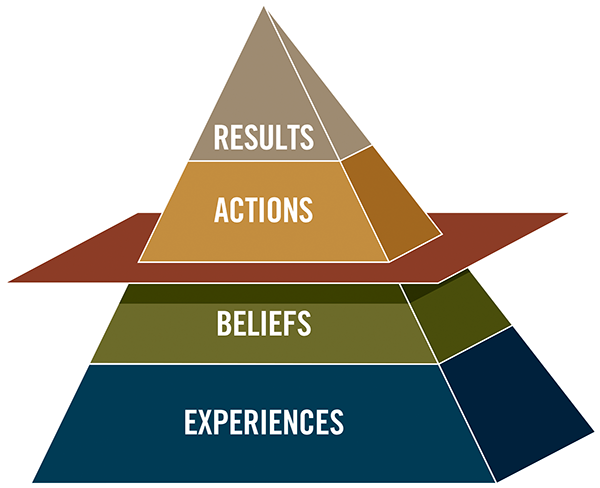
Episode 15.
Design Thinking
Question:
How do you figure stuff out?
Key Points:
- If you want to know how to do something and you don't know how to do things, there are only 5 broad options
- Give Up
- Get someone else to do it for you
- Learn how to do it, through:
- Research - look things up
- Teaching - having a physical literal person teach you how to do it
- Tiral and Error - Try something, test it, and change things until you have a good solution
- When I say "figure it out", I usually mean "trial and error"
- Trial and Error is a lot of the methodology in "Design Thinking"
- Once you do something a bunch of times, then it becomes normal
- The concept of "Design Thinking" is to think from the customer's perspective
- Traditional Design is where someone comes up with the design requirements and then you have to find a solution that fits those parameters
- When nobody knows what the best answer is, then the only option is "Trial and Error"
- Customers want things that they don't even know they want. It is only after they experience it that they actually realize that they like it
- Design Thinking steps
- Start with the customer in mind: empathize with the customer
- Prototype - enough for customers to get the idea of how it will work
- Test the prototype with customers
- Pivot or Keep Going - Throw away what people don't like and keep what people love
- The main tenets of design thinking are: move fast, fail fast, and empathize with the customer
- Customers don't always get details right, because they're human, but when a customer is not happy, there is probably some underlying issue to resolve, even if it isn't your business's fault
- You don't fix a person; you change the environment so that a person's response is different
- A great way to change a person's environment is to provide them more of thier Love Languages
- Results come from actions which comes from their beliefs which comes from their experiences
- If you want someone's actions to be different, the way to do that is to provide experiences which will change their beliefs which thereyby change their actions
- A single "Experience" doesn't change someone's beliefs. It takes many, many consistent experiences to change someone's beliefs and therefore change their actions
Pictures:

